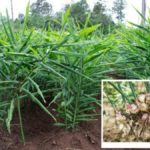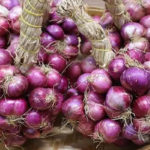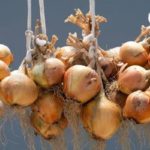1 Identifying Dried Onions
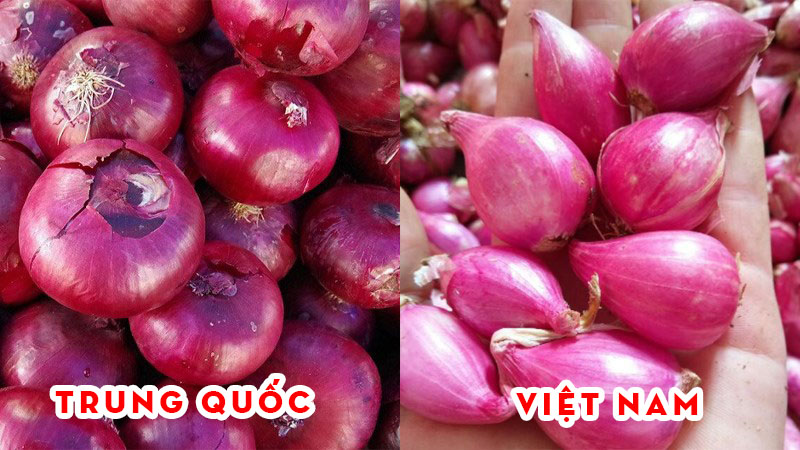 Distinguishing Vietnamese and Chinese Dried Onions
Distinguishing Vietnamese and Chinese Dried Onions
Chinese dried onions typically have large, round bulbs, with only one clove per onion, and a very thin, pale red outer skin. This type of onion lacks a distinctive aroma when consumed.
On the other hand, Vietnamese dried onions usually have smaller bulbs, with multiple cloves per bulb, a thicker skin, and a distinctive aroma when used.
2 Identifying Chinese Garlic
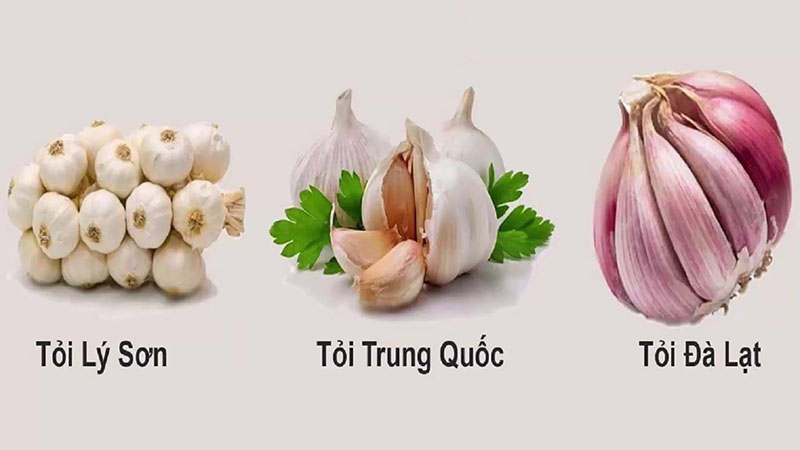 How to Identify Chinese Garlic
How to Identify Chinese Garlic
Vietnamese garlic, renowned for its brands such as Ly Son garlic, Da Lat garlic, and Bac garlic, often has a strong aroma and a difficult-to-peel skin. In contrast, Chinese garlic is easy to peel but lacks a pleasant aroma, instead emitting a sharp, pungent smell.
Vietnamese garlic is characterized by smaller bulbs, multiple small cloves per bulb, an outer skin that is usually white or brownish-purple, and a tapered end where the cloves converge. Chinese garlic, on the other hand, has large bulbs, fewer cloves per bulb, a whitish-yellow outer skin, and a splayed end.
2 Differentiating Vietnamese and Chinese Ginger
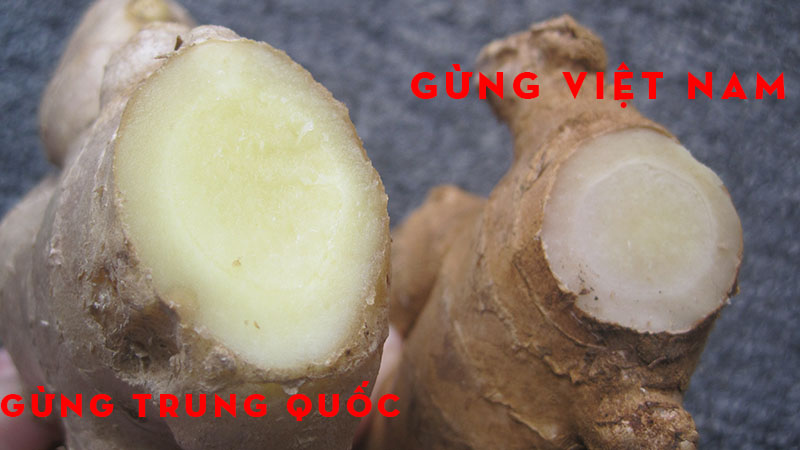 Differentiating Vietnamese and Chinese Ginger
Differentiating Vietnamese and Chinese Ginger
Chinese ginger tends to have large, evenly sized bulbs, with fewer branches and a clean, shiny outer layer that is easy to peel. When cut open, Chinese ginger reveals a pale yellow interior, less fibrous core, and lacks a distinctive aroma, offering only a mild spiciness and slight pungency.
In contrast, Vietnamese ginger has smaller bulbs and more branches per bulb. The outer layer is usually darker, rougher, and more challenging to peel. When sliced, Vietnamese ginger exhibits a bright yellow interior, a fibrous core, a strong aroma, and a distinctively spicy and flavorful taste.
In terms of pricing, Vietnamese fresh ginger is slightly more affordable than its Chinese counterpart. Specifically, Vietnamese ginger costs around 8,000 – 13,000 VND/kg, while Chinese ginger is priced at 10,000 – 15,000 VND/kg.
3 Tips for Buying Onions, Garlic, and Ginger
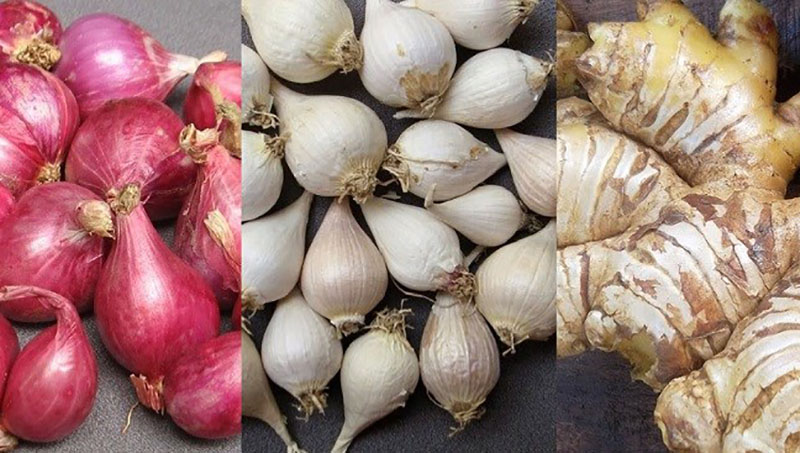 Tips for Buying Onions, Garlic, and Ginger
Tips for Buying Onions, Garlic, and Ginger
To ensure you are purchasing domestic, chemical-free onions, garlic, and ginger that are safe for consumption, it is advisable to shop at reputable stores, supermarkets, or quality vendors.
We hope that with these tips, you will become a savvy consumer, able to discern and select the best onions, garlic, and ginger for your needs.
Unwanted weed type in Vietnamese gardens, selling abroad for almost 1 million VND/kg.
In Vietnam, this type of root vegetable is incredibly cheap, abundant, and can even grow wild in gardens. However, its export price reaches nearly 1 million Vietnamese dong per kilogram.

























